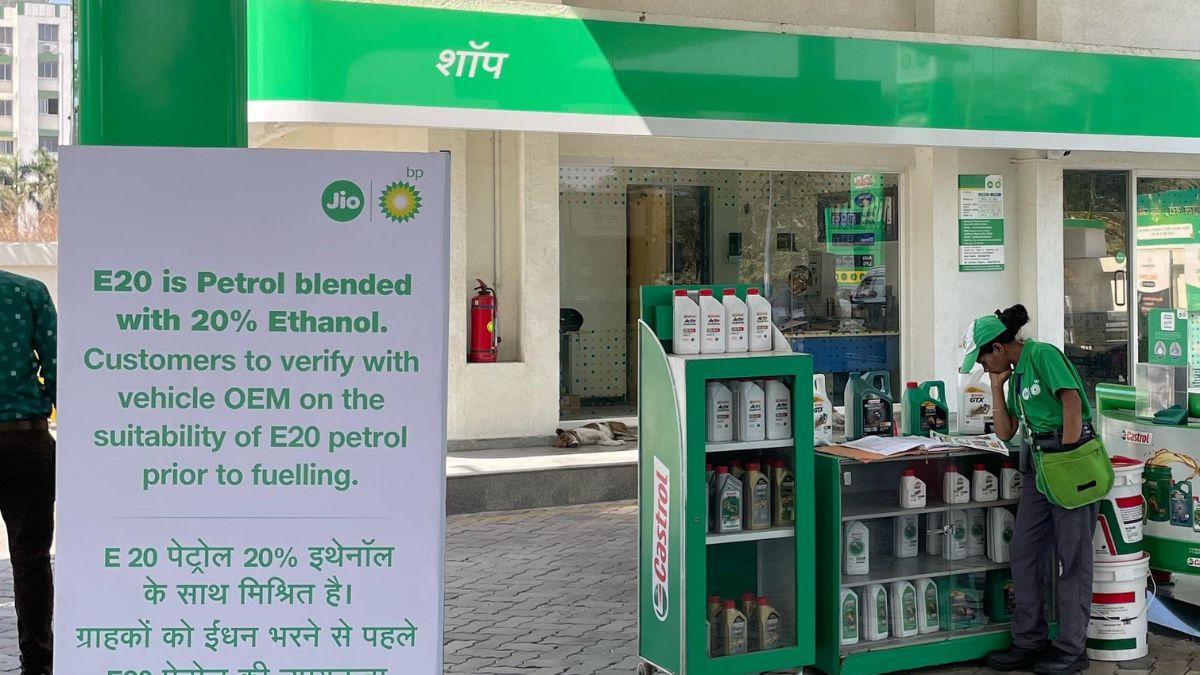The Indian government has sparked outrage after implementing 20% ethanol blending in petrol — marking a nearly 13x increase over the past 11 years. The move has been met with sharp resistance from vehicle owners, with many expressing concern about its impact on car performance. Pricing of ethanol-blended fuel also remains a key flashpoint as it maintains parity and even exceeds petrol in many areas despite lower production costs. It is pertinent to note that the NITI Aayog had recommended a reduction in price as early as 2021, as well as urging the government to implement tax breaks for those using E20 fuel.
Lower prices, tax breaks ‘to compensate’
A NITI Aayog report noted in June 2021 that a successful E20 program could save India approximately Rs 30,000 crore per annum and also offer “equivalent efficiency at lower cost than petrol”. It proposed that the retail price of such blended fuels should be lower than normal petrol “to compensate for the reduction in calorific value” and improve pan-India acceptance. The report had also urged the government to consider tax breaks on ethanol as a fuel.
“In order to bring predictability and to encourage investment by entrepreneurs in expansion or new ethanol capacities, the government may devise and declare a floor price of ethanol for five years with an escalation clause for purchase by OMCs,” the 2021 report had added.
It also noted that vehicles compliant with higher ethanol blends were typically provided with tax benefits in other countries — suggesting a similar approach to the Indian government.
What is the pricing controversy?
Ethanol-blended petrol is cheaper than the ‘purer’ versions used previously in cars — around Rs 61 per litre (including GST) versus approximately Rs 95 per litre in Delhi — which should theoretically lower fuel prices at pumps. Reports, however indicate that prices remain equivalent or even slightly higher in various parts of India. This is driven by various taxes (excise duty, VAT) and subsidy policies that do not fully pass on the lower ethanol cost to consumers. Some consumers also claim to be facing a significant decrease in fuel efficiency while using E20 petrol. This can make the effective cost per kilometer higher for vehicles and increase fuel purchases.
NITI Aayog had insisted in 2021 that retail price of such fuels “should be lower than normal petrol to compensate for the reduction in calorific value”.
The Ministry of Petroleum and Natural Gas however issued a clarification earlier this week — noting that the blend had only a ‘marginal’ impact on fuel efficiency. A social media post added that mileage may drop by 1% to 2% for vehicles designed for E10 and calibrated for E20 while other vehicles could see a 3% to 6% drop. The government noted that the percentage could be reduced further with better engine tuning and use of E20-compatible parts.
The NITI Aayog report echoes this assessment — estimating a loss of 6% to 7% fuel efficiency for 4-wheelers that were originally…
Disclaimer
We strive to uphold the highest ethical standards in all of our reporting and coverage. We 5guruayurveda.com want to be transparent with our readers about any potential conflicts of interest that may arise in our work. It’s possible that some of the investors we feature may have connections to other businesses, including competitors or companies we write about. However, we want to assure our readers that this will not have any impact on the integrity or impartiality of our reporting. We are committed to delivering accurate, unbiased news and information to our audience, and we will continue to uphold our ethics and principles in all of our work. Thank you for your trust and support.
Website Upgradation is going on. For any glitch kindly connect at 5guruayurveda.com




